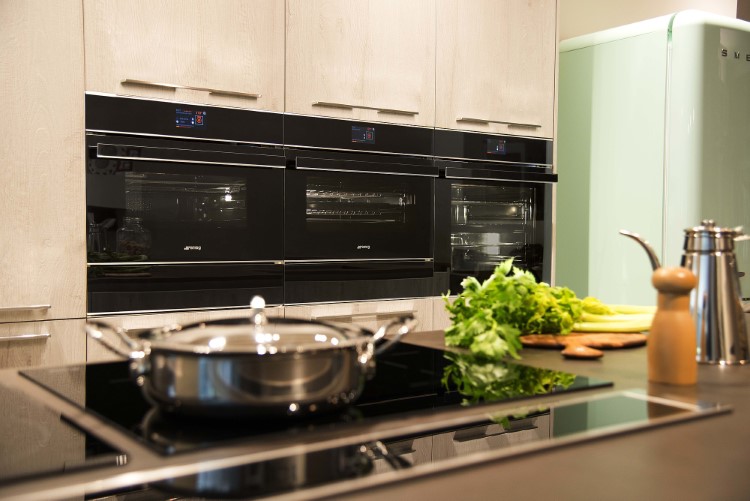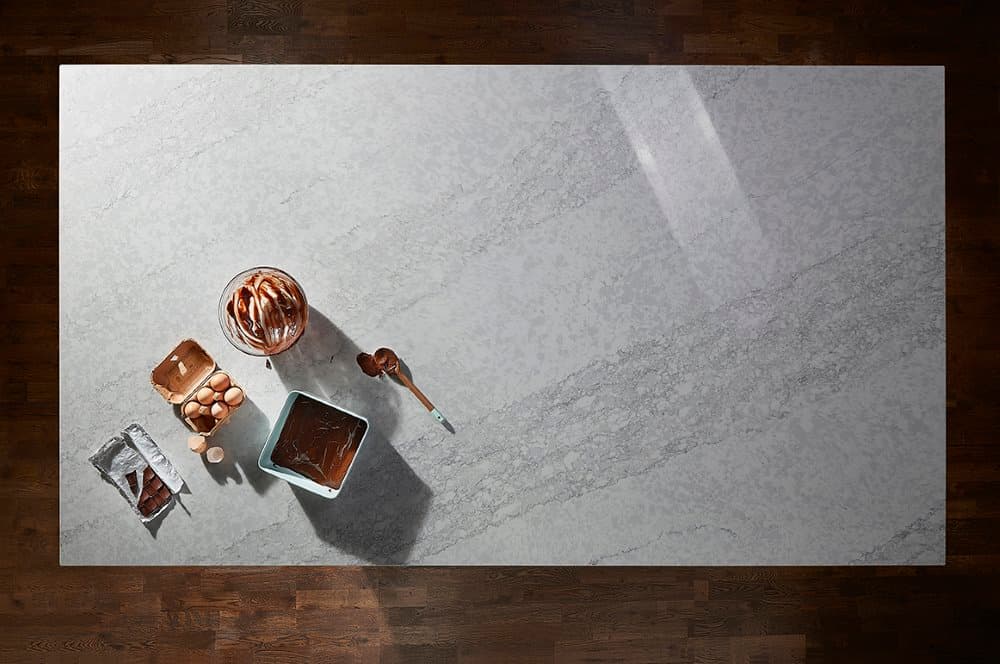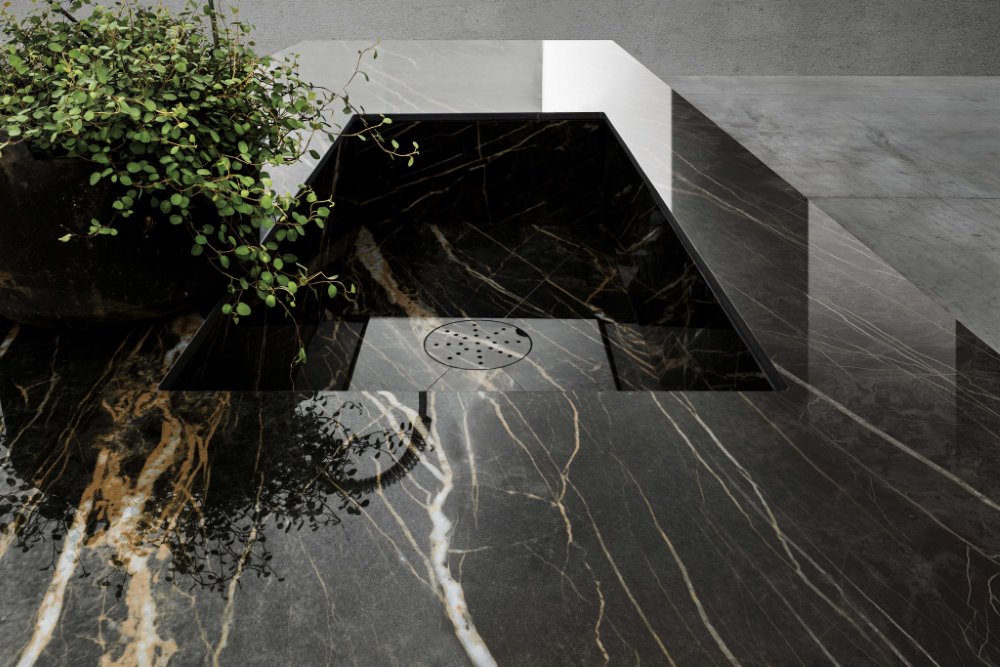There are so many different kitchen worktops to choose from when planning your new luxury kitchen project. Available for clients today is a wide array of textures, materials and finishes, but each one requires different care and maintenance to ensure brilliant condition for years.
If you’re wondering which kitchen worktop is best for you and your lifestyle, read our guide. Generally speaking, it’s wise to do a simple and quick clean of your worktop every day, to avoid the build up of any greasy stains, crumbs and dirt from spillages. But long-term, there’s different things that you can and can’t do, depending on the type of worktop you choose.
Here’s our quick guide to how to care for your worktop.
Granite
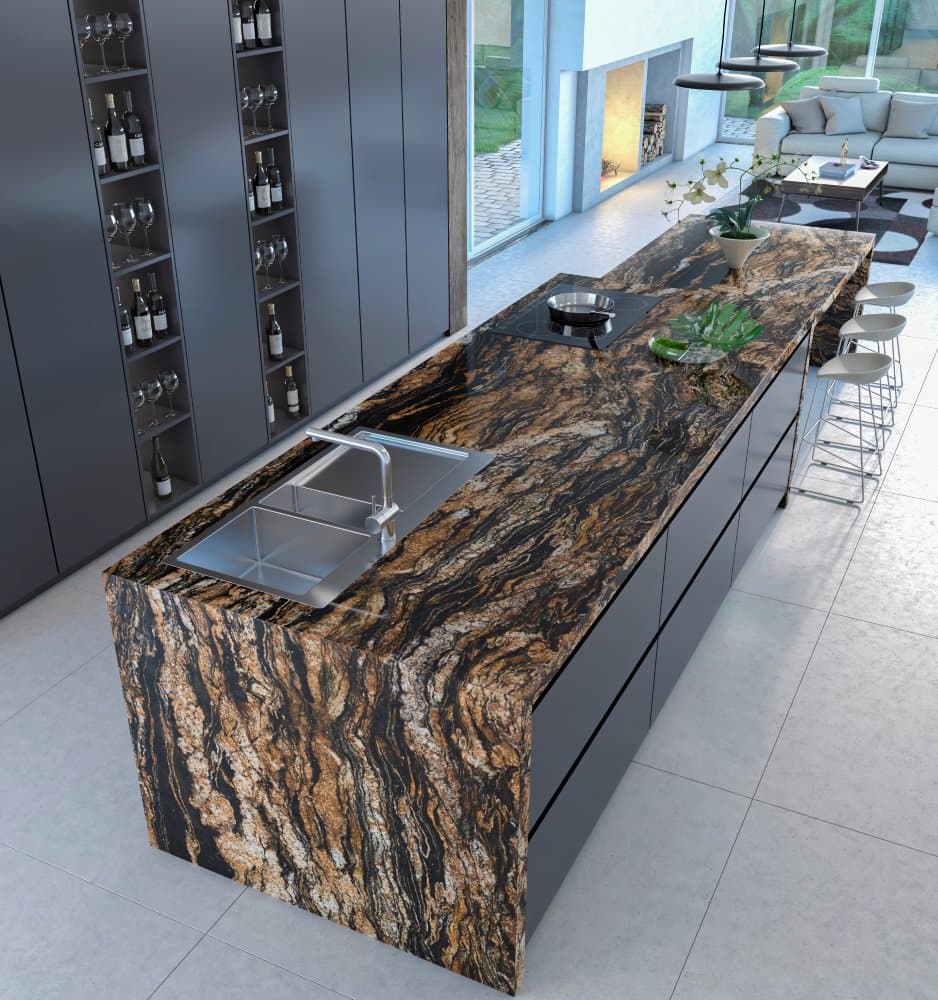
Image credit: Konigstone.co.uk
According to our appliance partners at Königstone, you should wipe your granite kitchen worktop with a damp cloth and a cleaning product that’s neutral, nothing too acidic. As with all worktops, we recommend wiping any spills when they occur, although granite is largely resistant to staining.
Always use a chopping board when you’re preparing a meal, instead of cutting directly onto the granite surface. Granite is a very hard substance, much harder than metal. This means that your knives could leave a metal residue on the worktop. You’ll also damage your knife blades.
If you’re taking pans, baking trays and other hot items out of the oven or from the hob, make sure you use a heat stand to protect the worktop’s surface. Granite is highly resistant to heat, although a sudden and dramatic change in temperature can cause thermal shock.
If you have any spillages that are stubborn and you’re struggling to remove them using water alone, rub the affected area with a non-abrasive scouring pad and be sure to use a natural stone cleaning product. Chemical products with a very high or low Ph can cause damage to your granite worktop.
If any products that are very acidic or alkaline (such as hydrogen peroxide or caustic oven cleaner) happen to make contact with your worktop, rinse immediately with lots of clean, cold water. Failing to do this can cause your worktop to have a duller finish and it can damage the granite’s beautiful, natural properties.
To take care of your kitchen worktop, try to avoid hitting the surface of it with any hard, blunt or particularly heavy objects. Granite is an extremely durable worktop, but any leading edges such as cut-outs around an undermount sink can be vulnerable.
Quartz
Image credit: Konigstone.co.uk
As a hard-wearing and generally low maintenance surface, quartz worktops are ideal for those with very busy kitchens. It’s a highly durable material which means it is very resistant to stains, scratches and erosion. This means it’s quite easy to care for your kitchen worktop if it’s made of Quartz, but there’s still a bit to remember.
It’s difficult for bacteria to grow on a Quartz worktop due to it’s dense composition, meaning simple daily maintenance using a damp cloth and a neutral cleaning agent will suffice. As with all worktops, we recommend that any spills are wiped off when they occur.
As quartz is a hard surface, we recommend you use a chopping board for any food preparation. Because quartz is harder than metal, sharp knives may leave a residue on the worktop surface and may even damage your knives if you don’t use a chopping board.
Highly resistant to heat, quartz can still be susceptibe to thermal shock if there’s a sudden change in temperature, so we recommend you put any hot items from your hob or pan onto a heat rack or pad instead of the worktop surface.
If you find you have some more stubborn spills that you’re unable to remove with water alone, try rubbing over the area with a non-abrasive scouring pad and using a cream cleaner.
We recommend Astonish for this, they have a fantastic range of kitchen cleaning products and they’re a British company, too. Worth having some in your cupboard.
We recommend that you don’t let highly acidic or alkaline products (such as Hydrogen peroxide or caustic oven cleaner) touch your quartz worktop’s surface. If this does happen, please rinse with plenty of cold, clean water immediately.
YOU SHOULD NEVER use a natural stone cleaner. These are designed for porous stone surfaces such as granite or marble. If you apply a natural stone cleaner product to a Quartz worktop then there can be a build up of the product, leaving a horrible dull film on the surface of your worktop which can be very difficult to remove.
Ceramic
Image credit: Laminam
Ceramic surfaces such as those made by our partners LAMINAM are growing rapidly in popularity thanks to the wide range of visual styles and the hard-wearing nature of the material.
When spillages occur, clean immediately to avoid any staining. During routine cleaning, use hot water and a soft cloth or sponge and simply wipe your ceramic worktop with a neutral cleaning agent. Rinse the worktop with cold water and dry it using a clean, soft microfibre cloth.
Avoid products containing wax as this can cause stains. If you find your ceramic kitchen worktop with a stain and want to remove it, you should use increasingly incisive cleaning techniques and products, such as non-abrasive neutral pH detergents, then acidic or alkaline detergents, then finally solvent-based detergents for particularly tough stains.
Since ceramic worktops such as LAMINAM are non-porous surfaces they are resistant to mould, mildew and funghi. In most cases, warm water and neutral detergent is enough, but if you wish to disifect then regular household disinfectants will be fine.
For all ceramic surfaces, we recommend you avoid dragging metal across the worktop – so use heat pads for hot objects and chopping boards for metal knives. Darker and more polished surfaces are more prone to scratching.
Do not use abrasive sponges such as scouring pads for your ceramic kitchen worktop.
Marble
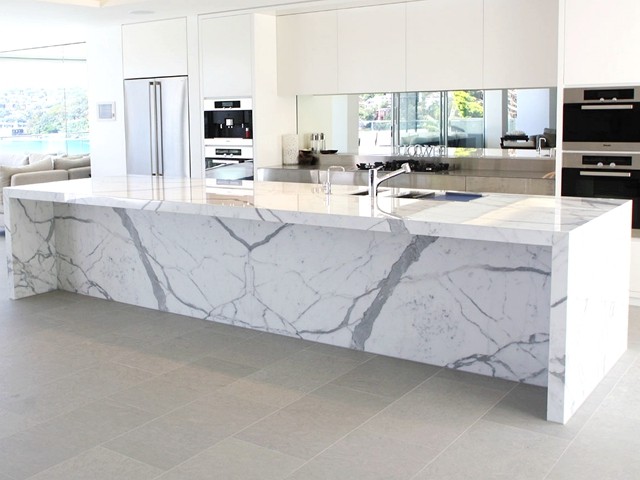
Marble is a beautiful and luxurious natural stone that immediately gives any luxury kitchen a high-end feel. They’re also easy to both clean and maintain, provided you give them regular care.
Marble is quick and simple to wipe down and is therefore ideal for busy kitchens that see a lot of action. That being said, a marble kitchen worktop can easily look worn and tired if it is neglected, so routine care if important.
Firstly, a marble worktop must be sealed. Although marble itself is a metamorphic stone, it is not the toughest of the stone worktops on the market and requires routine sealing. This is vital to keep the marble worktop from long-term damage. It is a porous surface and is therefore susceptible to staining.
The team at The Marble Store recommend that you get your worktop professionally sealed every 6 months to ensure pristine condition and appearance.
If you find that the finish of your marble worktop is starting to look a little bit dull, then you should consider purchasing some specialist marble cleaning products and giving it a deep clean. We recommend that you do this annually to ensure a year-round sparkle.
When cleaning, never use a harsh or abrasive cleaner such as bleach. You should also try and avoid any strong acidic or alkaline products as they can react with the calcium carbonate in the marble, which can cause pitting, scarring or a dulling of the finish of the surface. Similarly, never use any scouring pads, steel wool or other abrasive cleaning tools. These can cause very tiny scratches which, although they won’t be individually visible from a distance, will damage the finish and leave it looking dull.
Marble is a specialist material. If you find that it’s particularly dull or perhaps becomes cracked or chipped, call a stone specialist to take care of it for you.
Wood
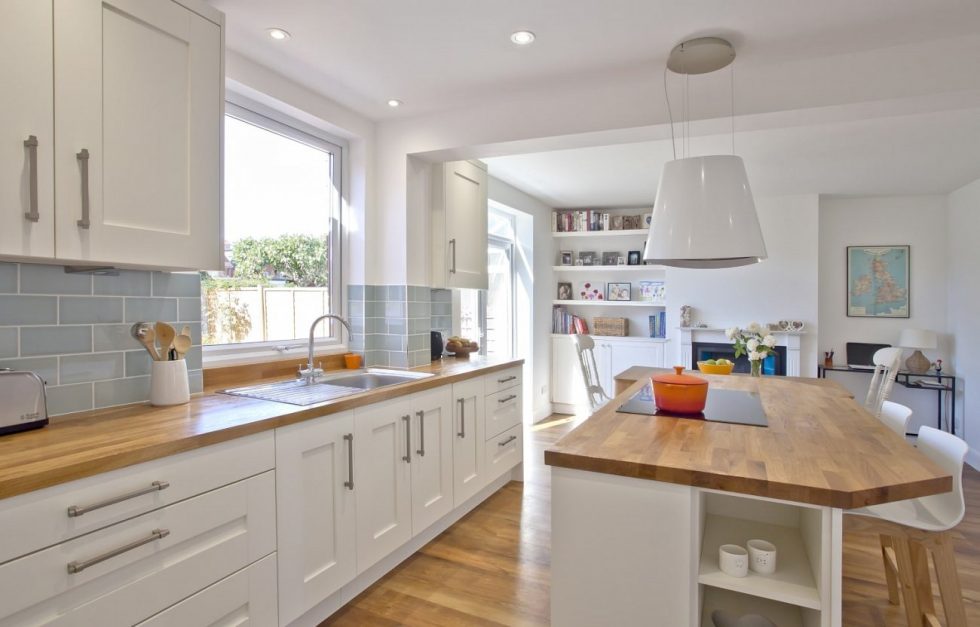
A beautiful, solid wood worktop can look fantastic, but it’s important to remember that it is made from a natural material and therefore requires a little TLC to keep it in top condition for many years.
Always use a pad such as a trivet when placing anything hot down onto the worktop. A wooden surface will burn easily if you put a hot pan onto it, causing damage that can be irrepairable in some cases.
Be sure to wipe any spilled liquids immediately to avoid any splitting or staining of the wood. Simply use a lint-free cloth dipped in warm water and soap and then dry with another cloth to keep things looking clean. Try to avoid chemical cleaning products that could damage your worktop.
A wood worktop will require regular oiling to reseal and resotre it’s water resistance. You can buy specialist worktop oils such as Osmo Top Oil. The oil will come with instructions for use. Generally, you’ll need to oil your worktop every 3 months or so… if water forms into droplets on the surface then it’s sufficiently protected, but if it doesn’t or if the surface of the worktop looks dull then re-oiling is required.
Apply the oil, spread evenly across the surface and leave it to soak into the wood for around half an hour. Then wipe away any excess oil and leave to dry, ideally overnight. Repeat the process 4-5 times.
Never cut directly onto the worktop – wooden worktops are very susceptible to knife blades and more and this will cause unsightly damage, so always use a chopping board when preparing a meal.
YOU MAY ALSO BE INTERESTED IN...
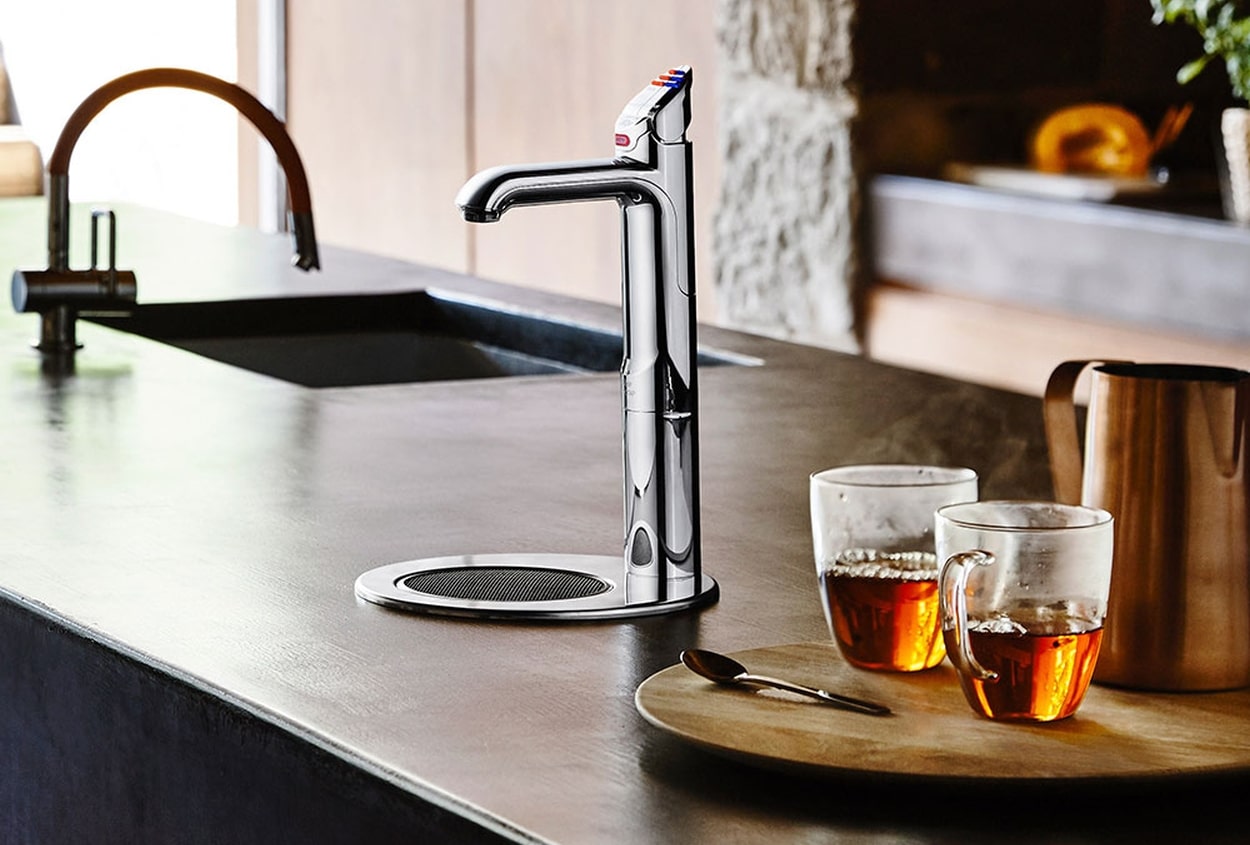
Boiling water taps: which is best?
